Before I even try to teach ionic equations I check to see if my students have picked up any misconceptions about how ions behave in aqueous solution.
The precipitation of lead iodide from a solution of potassium iodide and lead nitrate is so dramatic and engaging that I use it both with my 11–14 and 16–18 year old students. The younger students see this reaction when I’m introducing ionic bonding. I show the reaction again to my older students and ask them to sketch particle diagrams to explain what they are seeing.
Thankfully, the ‘seen it before’ mentality is easily avoided with this reaction – the ‘golden rain’ demonstration is a stunning suspension of glistening yellow crystals.
Kit
- 0.3 g lead nitrate (see hazards of this below)
- 0.3 g potassium iodide
- A few drops of 1M HCl
- 200 cm3 distilled water
- Three 250 cm3 conical flasks
- Dropping pipette
- Kettle and large beaker for water bath
Preparation
Dissolve the solids each in 100 cm3 of distilled water. The potassium iodide is in excess to maximise the chances of precipitating lead ions out of solution and reducing the possibility of washing away dissolved lead during disposal. The addition of a few drops of 1M HCl is useful – lead carbonate formed in impure water has a very low solubility and the haziness of its precipitate can ruin the effect.
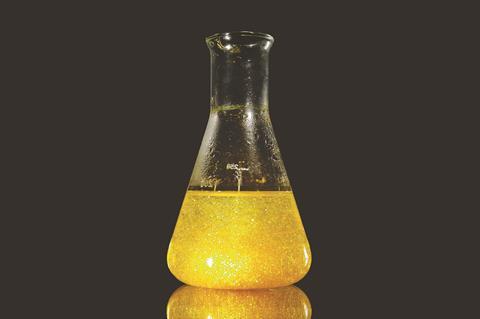
Demonstration
Gather the students around closely or set up a visualiser. Slowly adding the lead nitrate solution to the potassium iodide solution produces beautiful yellow swirls that dissipate and redissolve as the lead iodide spreads and dilutes.
Next, quickly add the remainder of the lead nitrate. The tiny crystals of lead iodide that form swirl beautifully in the flask and the concentration gradients combine to generate an effect that looks like the atmosphere of a glittering gas giant. It really is impressive to see.
The precipitate can be recrystallised to form more homogeneous crystals. Place the flask in some water at 60–70°C and all the crystals should dissolve – any traces of cloudiness can be removed by the addition of a few more drops of acid. As the water cools, stunning golden hexagonal crystals of lead iodide begin to crystallise to give the ‘golden rain’ effect. This process can take an hour or more, so return to the flask later in the lesson or have a pre-prepared sample to hand. The crystals are best viewed under a collimated light source, such as an overhead projector.
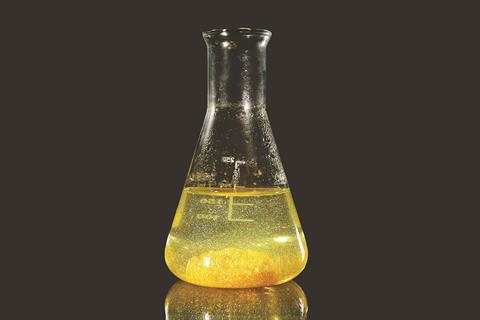
Teaching goal
In order to avoid students picking up misconceptions about ionic bonding,1,2 Keith Taber recommends that teachers avoid approaching the formation of the ionic bond from an electron transfer perspective, which is often coupled with the popular demonstration of sodium reacting with chlorine. Most ionic substances have not been formed from direct electron transfer. Even in the case of the reaction of sodium with chlorine, it’s extremely disingenuous to imply that the reaction is as simple as a gaseous sodium atom passing an electron to a gaseous chlorine atom.
It is far more attractive and honest to approach the subject of ionic bonding from a precipitation perspective. Students can visualise the behaviour of charged particles in solutions and model what happens when the liquid evaporates or when other ions, which may attract the original ones more strongly, are introduced. Chemical misconceptions, available on Learn Chemistry,3 contains worksheets that invite students to visualise the process step-by-step and includes supporting sheets on the precipitation of lead iodide.
It’s worth noting that an approach from this perspective, where students see the existence of an ion as unremarkable, allows a chemistry teacher to avoid one of the most unhelpful lies they might be tempted to drop into a lesson: atoms gain or lose electrons to complete their outer shell and become more stable.
Safety
Wear eye protection. Wash hands thoroughly after the demonstration. After using lead salts, wipe up any spills and wipe over surfaces.
Lead nitrate is harmful if swallowed and inhaled, may damage the unborn child, is suspected of damaging fertility, may cause damage to organs though prolonged or repeated exposure, and is very toxic to aquatic life with long-lasting effects.
Disposal
Any remaining aqueous lead can be precipitated out of solution by the addition of sodium carbonate. The lead carbonate and lead iodide solids can be filtered for disposal and the remaining solution washed down the drain with plenty of water.
References
- K Taber, Teaching secondary chemistry, 2nd ed., p121. Hodder Education, 2012
- V Kind, Beyond appearances: Students’ misconceptions about basic chemical ideas (2nd ed.), p57. Royal Society of Chemistry, 2004
- http://rsc.li/L02wmU under RSC Reaction to form Silver Chloride





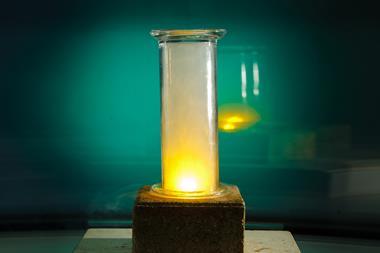
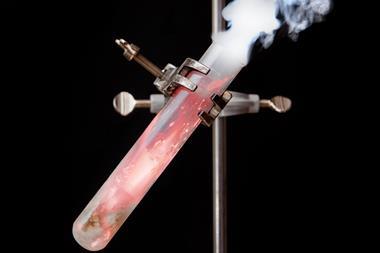
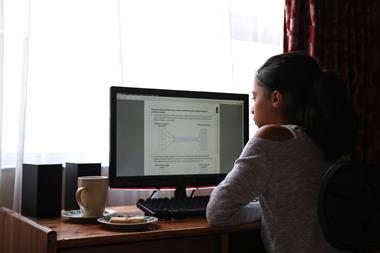












8 readers' comments